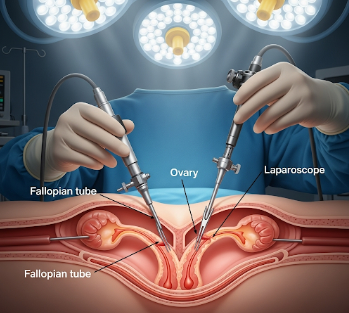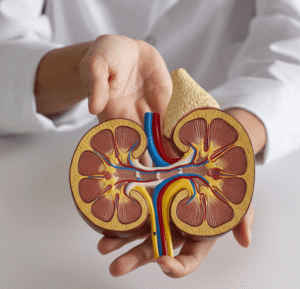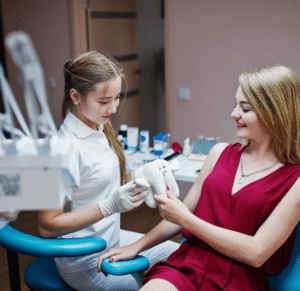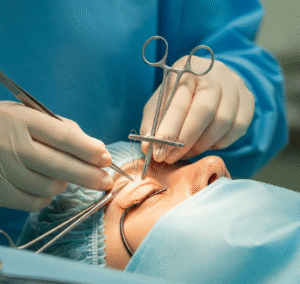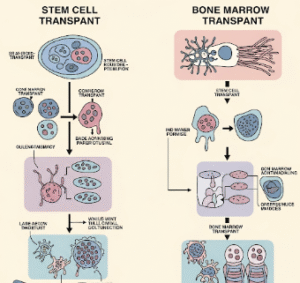Overview
Laparoscopic Sterilisation is a minimally invasive surgical procedure to permanently prevent pregnancy. It involves blocking or sealing the fallopian tubes to stop eggs from traveling from the ovaries to the uterus, thereby preventing fertilization.
In Korea, laparoscopic sterilisation is performed by experienced gynecologic surgeons using advanced laparoscopic techniques, ensuring minimal pain, small incisions, quick recovery, and high effectiveness.
Highlights:
- ✅ Permanent contraception for women
- ✅ Minimally invasive with small scars
- ✅ Quick recovery and low complication rates
What is Laparoscopic Sterilisation?
Laparoscopic Sterilisation involves making small incisions in the abdomen and inserting a laparoscope and surgical instruments to access the fallopian tubes. The surgeon then clips, cuts, or seals the tubes, making it impossible for an egg to meet sperm.
Indications include:
- Women seeking permanent birth control
- Completed family planning
- Situations where long-term contraceptive methods are not preferred or feasible
Important: This procedure is considered permanent and should only be chosen by women who are certain they do not want future pregnancies. Reversal is complicated, expensive, and not always successful.
What are the benefits?
- Permanent contraception: Highly effective in preventing pregnancy
- Minimally invasive: Small incisions, reduced pain, and minimal scarring
- Quick recovery: Most patients return to normal activities within a few days
- No hormonal impact: Does not interfere with menstrual cycle or natural hormone levels
Key benefits highlighted:
- ⚡ Highly effective and reliable method of contraception
- ⚡ Outpatient procedure with short recovery
- ⚡ Preserves natural menstrual cycles
- ⚡ Low risk of complications with experienced surgeons
Procedure Details
1) How should I prepare for Laparoscopic Sterilisation?
- Preoperative evaluation: Pelvic examination, ultrasound if needed, and medical history review
- Medication review: Stop blood thinners or other medications as advised
- Fasting: Usually 6–8 hours before surgery
- Consent and education: Understand procedure, permanence, and potential risks
- Lifestyle preparation: Arrange transportation post-procedure and plan light activity for recovery
2) What happens during Laparoscopic Sterilisation?
- Anesthesia: General or local anesthesia with sedation administered
- Incision and port placement: 1–2 small incisions made in the abdomen
- Fallopian tube blockage: Tubes are clipped, cut, or cauterized to prevent fertilization
- Inspection: Surgeon checks for proper placement and any bleeding
- Closure: Incisions closed with sutures or adhesive strips
Duration: Typically 20–60 minutes depending on technique and patient anatomy
3) What happens after Laparoscopic Sterilisation?
- Recovery monitoring: Vital signs and incision sites observed briefly
- Pain management: Mild analgesics prescribed for discomfort
- Activity: Gradual return to normal activities; avoid heavy lifting for a few days
- Follow-up care: Monitor incision healing and report any unusual symptoms
Highlights for post-procedure care:
- ⚡ Mild abdominal pain, cramping, or shoulder tip discomfort may occur
- ⚡ Small scars will heal over 1–2 weeks
- ⚡ Avoid strenuous activity for at least 1 week
- ⚡ Attend follow-up appointment to ensure proper healing and confirm procedure success
Risks / Benefits
Risks:
- Infection at the incision site
- Bleeding or bruising
- Rare complications: damage to surrounding organs, anesthesia-related issues
- Potential failure (very rare), leading to unintended pregnancy
Benefits:
- Permanent and highly effective contraception
- Minimally invasive with faster recovery
- Preserves natural hormone cycles
- Low complication rates when performed by skilled surgeons
Recovery and Outlook
- Hospital stay: Usually outpatient; patient can go home the same day
- Full recovery: 1–2 weeks for most patients
- Long-term outlook: Excellent; provides permanent contraception without hormonal impact
- Follow-up: Appointment to check incision healing and confirm procedure success
Tips for optimal recovery:
- ✅ Rest and avoid heavy lifting for at least 1 week
- ✅ Keep incision clean and dry
- ✅ Monitor for signs of infection or unusual symptoms
- ✅ Attend follow-up visit to ensure proper healing
When To Call the Doctor
- Fever, chills, or signs of infection
- Severe abdominal pain or persistent cramping
- Unusual bleeding or discharge from incision sites
- Signs of failed sterilisation (rare, pregnancy symptoms)
Best Korea Option / Process
Korea provides advanced laparoscopic sterilisation care:
- Top hospitals: Specialized gynecology centers with expert surgeons
- Minimally invasive techniques: Small incisions, precise tube occlusion, and rapid recovery
- Postoperative care: Pain management, incision monitoring, and follow-up check
- International patient support: Online consultations, appointment scheduling, and telemedicine follow-up
Step-by-step process in Korea:
- Online consultation and preoperative assessment
- Pre-surgery preparation and fasting instructions
- Laparoscopic sterilisation performed by experienced gynecologic surgeons
- Postoperative monitoring, pain control, and gradual activity resumption
- Follow-up visit to ensure healing and confirm procedure effectiveness

